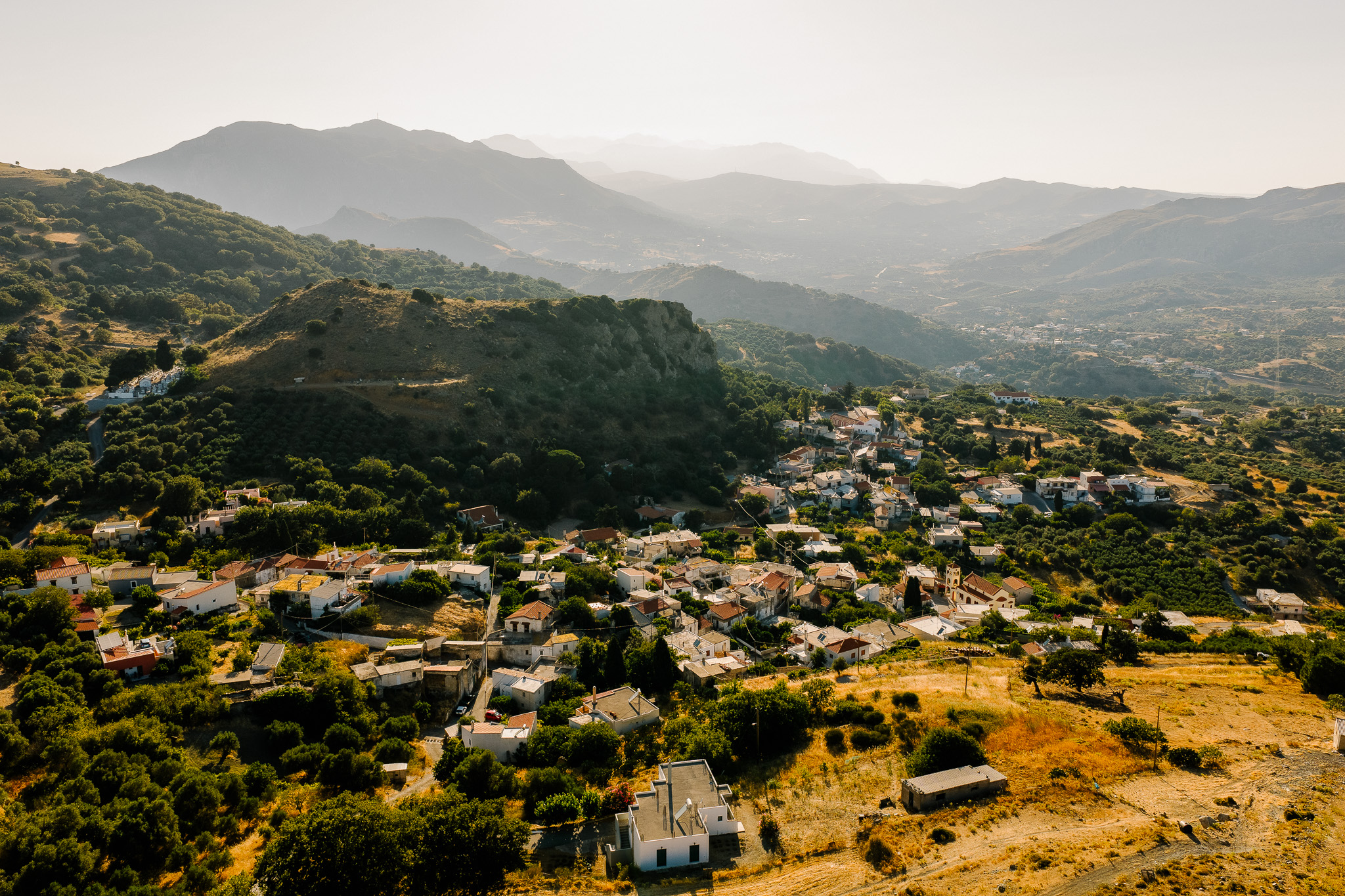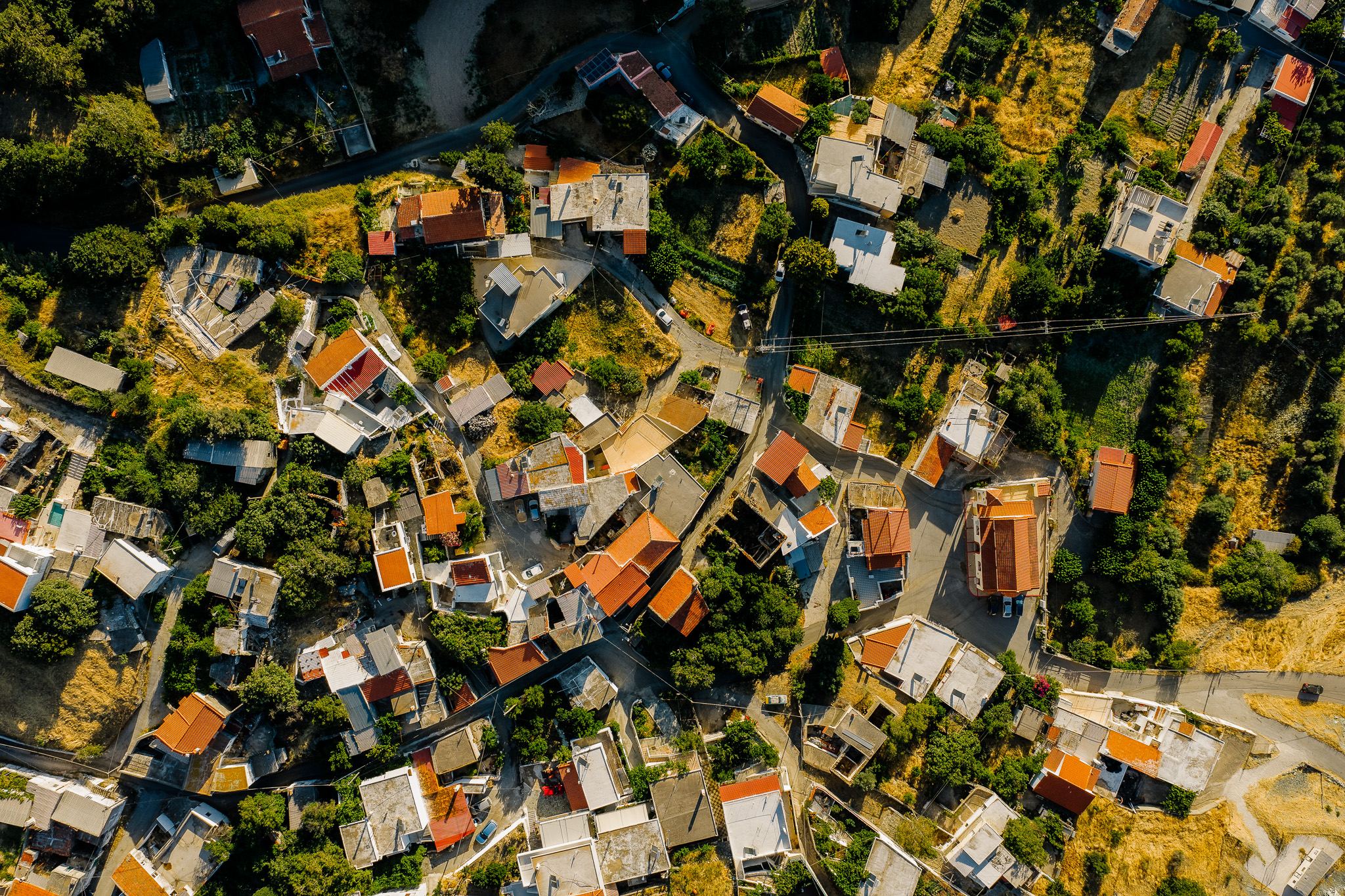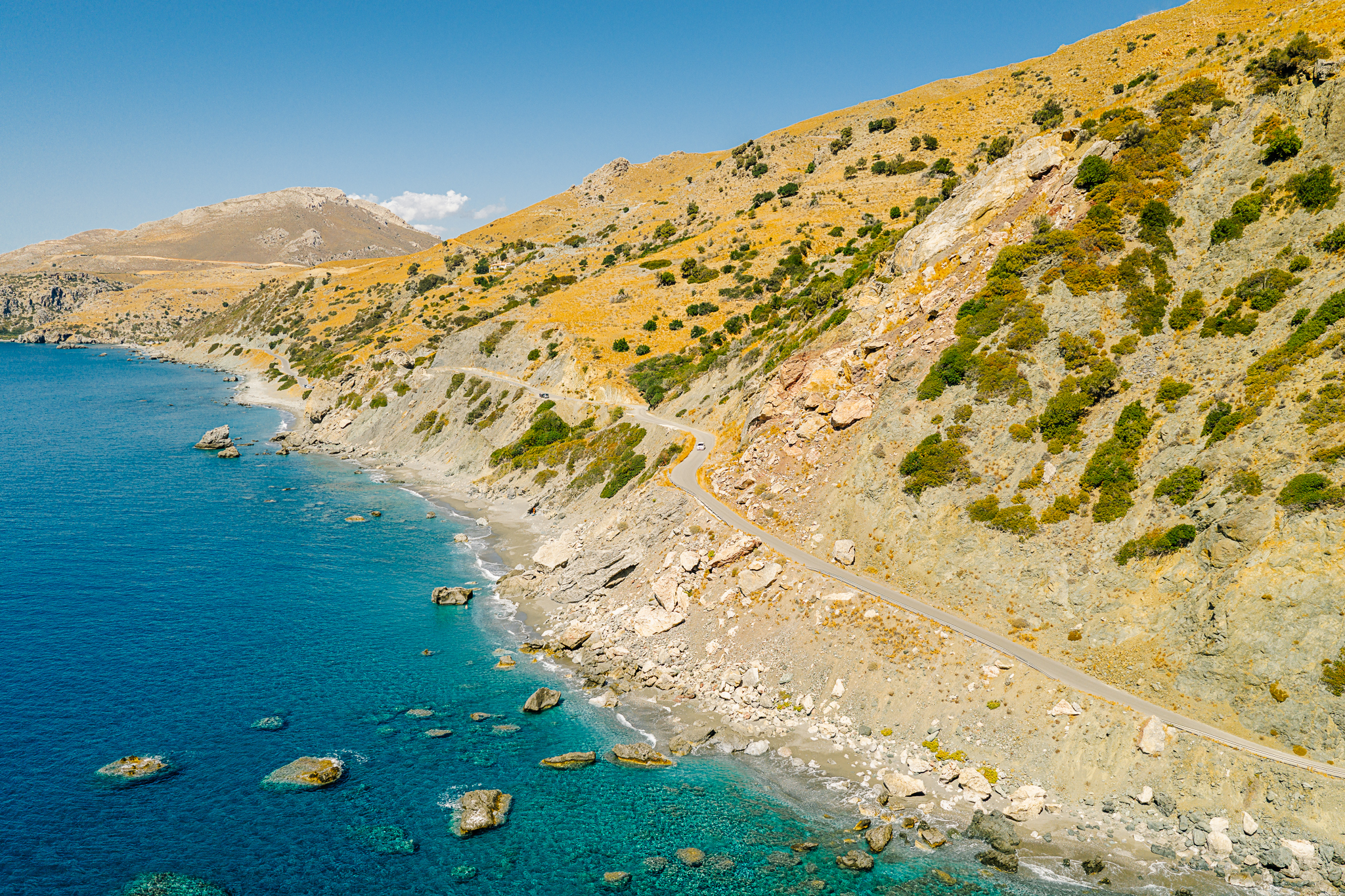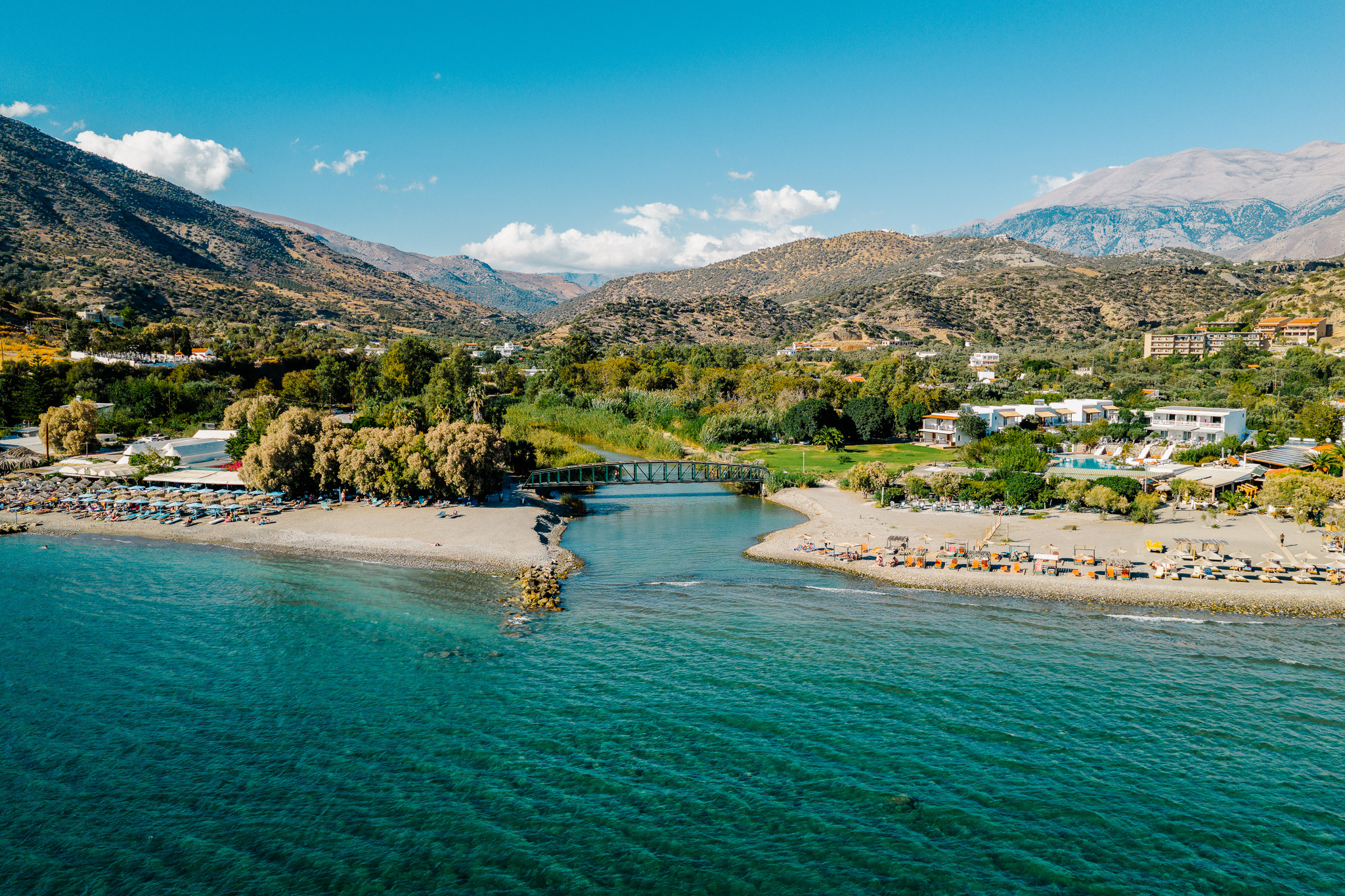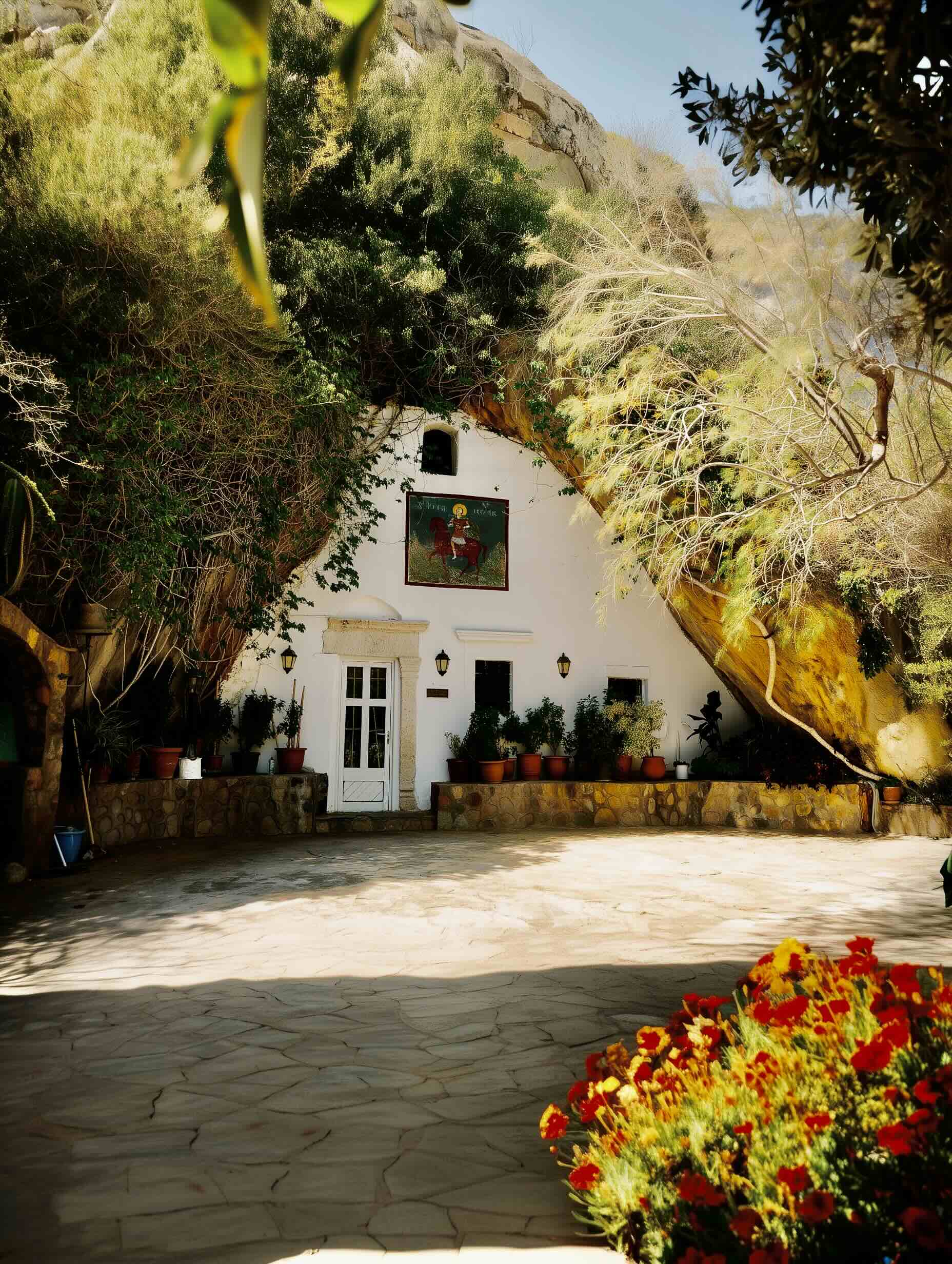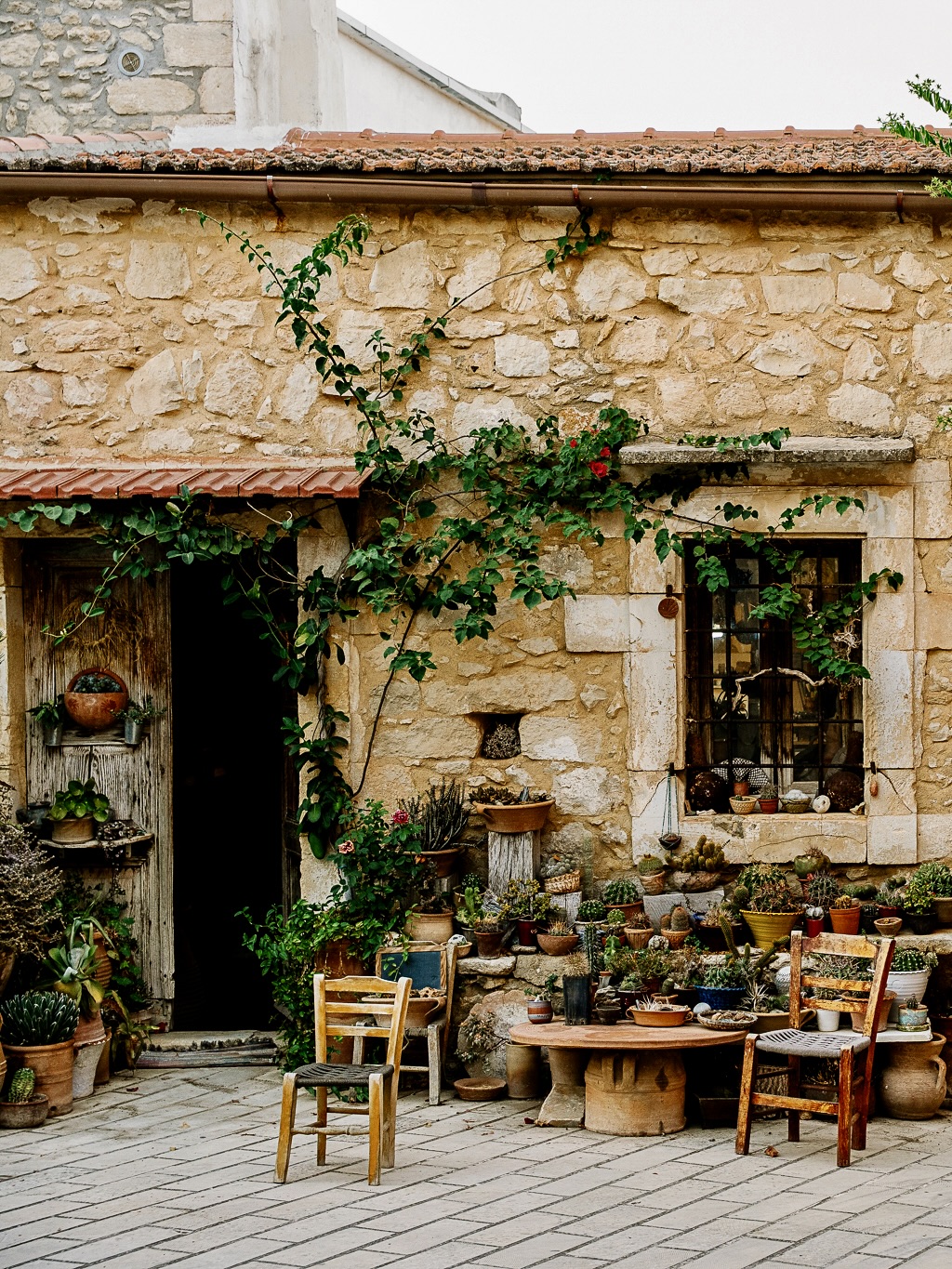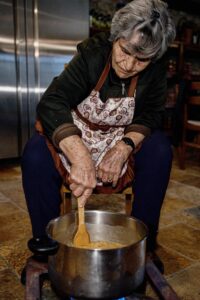Southern Rethymno, Crete, reveals itself slowly, in layers of light and texture. Rugged mountains rise almost straight from the sea, clear waters turn from turquoise to ink blue, and long, quiet beaches stretch between gorges and pockets of palm forest.
Here, every bend in the road feels like a small discovery. The traces of ancient civilizations, the stone-built villages, the monasteries clinging to hillsides – all of it shapes a landscape where history and daily life still overlap.
This journey follows a coastal road trip through southern Rethymno – a compact slice of Crete where many of the island’s signatures converge. From traditional settlements and historic landmarks to wild, wind-swept shores, the route offers a vivid, cinematic sense of what Crete is all about, one photograph at a time.
Exploring the Village of Mourne
Our trip begins in Mourne, a village belonging to the municipality of Agios Vasilios. Set inland among olive groves and small gorges, Mourne preserves the quiet rhythm and authenticity of rural Crete. Recorded as early as 1577 in the Venetian census of Fr. Barozzi, the village carries centuries of life and memory.
Byzantine chapels with 14th-century frescoes, cobbled alleys lined with stone houses, and the calm routines of the locals all reflect its enduring heritage. This is an ideal starting point for discovering the spirit of the Cretan hinterland before descending toward the island’s southern shores.

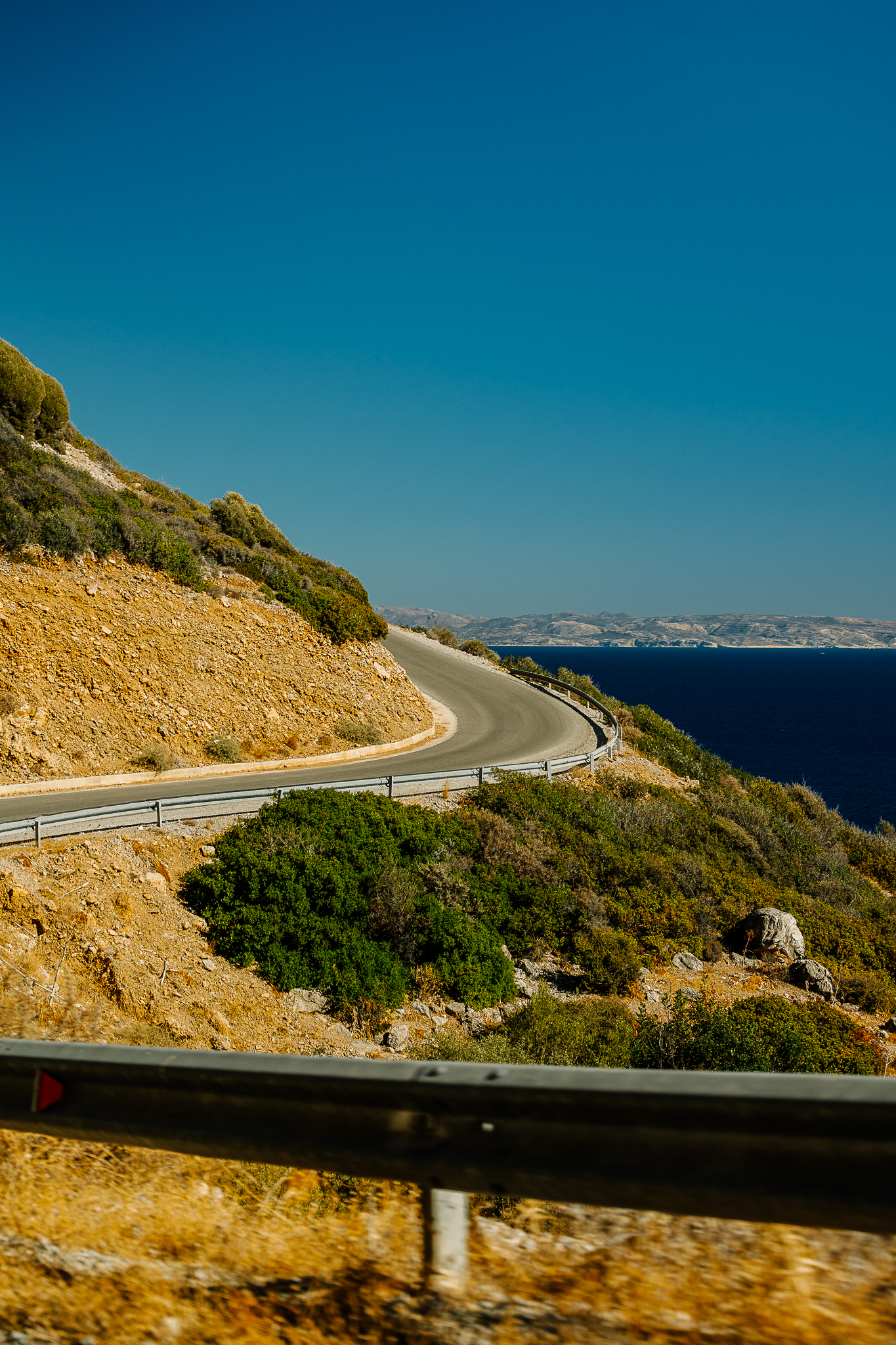
Along the Coastline of Agios Vasilios
From the village, the road winds south toward the beaches of Rethymno, following the coastline of Agios Vasilios. The landscape unfolds with dramatic contrasts—golden sands, rocky cliffs, and the boundless blue of the Libyan Sea. From the palm forest of Preveli to the long beach of Triopetra and the crystalline seabed at Kleisidi, each stop reveals a different facet of Crete’s raw, untamed beauty.
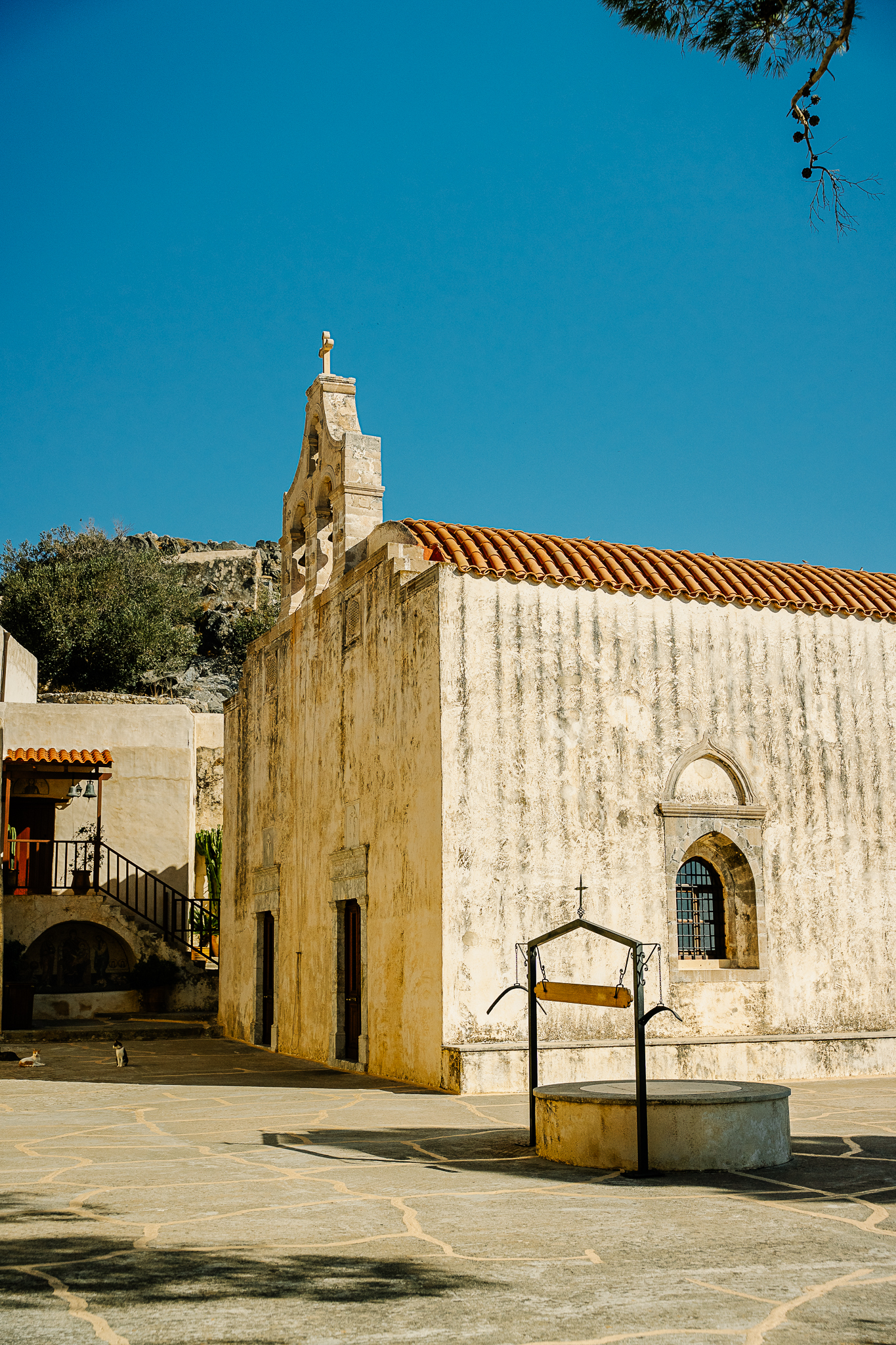

Visiting the Monastery of Preveli
Next comes the historic Monastery of Preveli, one of Crete’s most noteworthy monastic sites. It consists of two complexes: the now-ruined Kato Monastery of the Prodromos and the still-active Piso Monastery of Saint John the Theologian. Preveli played a vital role in Crete’s struggles for freedom, serving as a refuge and stronghold during uprisings and wars.
Today, surrounded by greenery and overlooking the Libyan Sea, it remains a place of peace and remembrance—an enduring symbol of spiritual strength.


Ligres, Agios Pavlos, and Agia Galini: Beaches of Remarkable Beauty
The journey concludes by the sea, with stops at some of Southern Rethymno’s most distinctive beaches. Ligres, with its coarse sand and deep waters, feels free and secluded. In Agios Pavlos, the dunes roll into the sea, creating small coves that offer privacy and calm. And in Agia Galini, where the Platis River meets the sea beside the coastal village, archaeologists have found remains of an ancient sanctuary believed to be dedicated to Artemis or Eileithyia.
A Route Painted in Color and Contrast
This road trip brings together the essence of Southern Rethymno—the simplicity of village life, the vastness of nature, the weight of history, and the continuity of tradition. From Mourne to the Monastery of Preveli and the turquoise sweep of the Libyan Sea, each stop contributes to a mosaic of experiences that define the region’s quiet allure.
Read also:
The wines of Greece – Rethymno: The climate, the wineries, the varieties, the labels
Exploring Rethymno the Third Largest City in Crete




